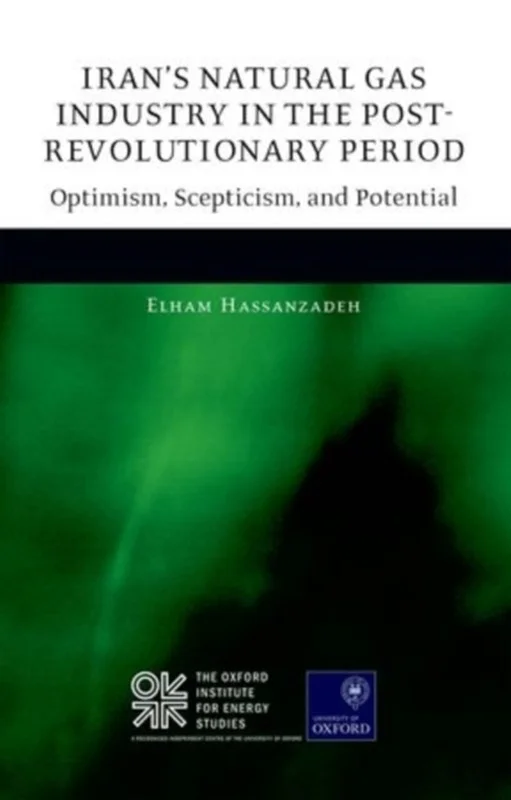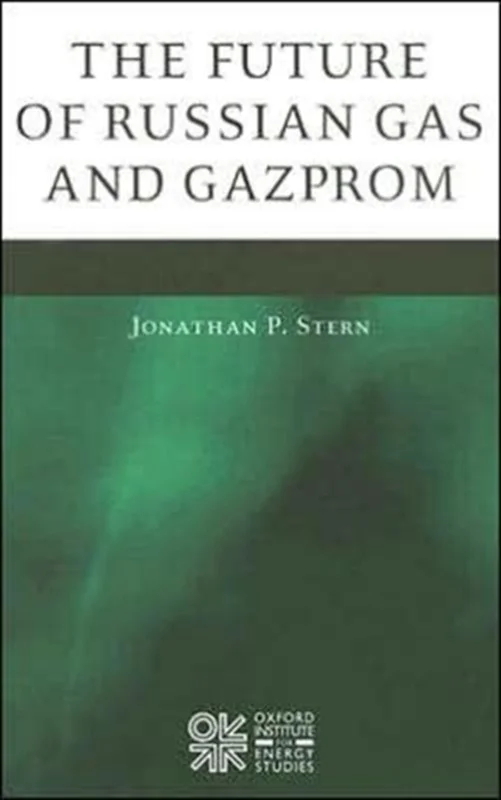Russian and CIS Gas Markets and Their Impact on Europe - - Bog - Oxford University Press - Booktok.dk
This will be the first book to present an overview of the gas industry, and gas markets, across the CIS, which - despite their significance for global markets generally and Europe in particular - have been paid relatively little attention. Russia''s clashes in 2006-07 with Ukraine and Belarus, which resulted in gas exports to Europe being interrupted, alerted a European and international audience to the need to understand the background to such disputes. The changes following the death of president Niyazov in Turkmenistan, the second largest CIS producer after Russia, has fuelled discussions about the growing importance of China as a consumer of CIS gas and of a "fourth corridor" to Europe avoiding Russia.All these things have heightened interest in the CIS not only as a significant producer and exporter of natural gas, but also a major consumer in its own right. In this book, experts with first-hand knowledge of the gas sector in the CIS provide an overview to the political economy of its markets during the 2000s, and discuss its prospects up to 2015.There are ten country chapters, on Russia, Ukraine, Moldova, Belarus, Georgia, Azerbaijan, Armenia, Turkmenistan, Kazakhstan and Uzbekistan. These cover production, decision-making and regulation, and consumption and domestic market reform. Trading relations both between the CIS countries themselves and with other markets, particularly those in Europe, are discussed, and a chapter on trade and transit discusses prices, export routes and transit costs, and infrastructure.























